The astronomical objects that shouldn’t exist
The Universe is full of surprises. These are the biggest, plus what they mean.
“Surprise is the greatest gift which life can grant us.” –Boris Pasternak
So it is in life, it’s equally true in science. You have to realize how remarkable a fact it is, perhaps the most astounding of all the facts about the Universe itself, that it exists in such a way that it can be understood.
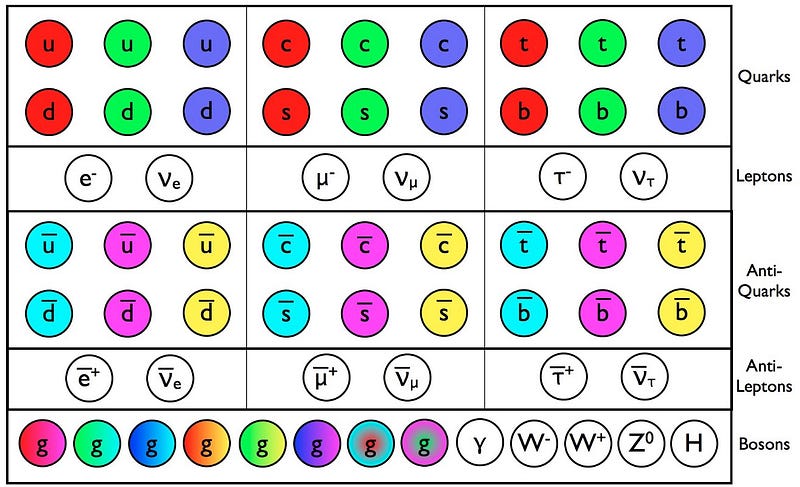

From our vantage point here on Earth, it’s absolutely astounding to consider that the same few types of particles, the same four fundamental forces, and the same set of initial conditions, when applied to the full scope of the observable Universe, can reproduce the entirety of all that we see. The story, as we know it, is not only remarkable in and of itself, but is also remarkably consistent with our understanding at the present.
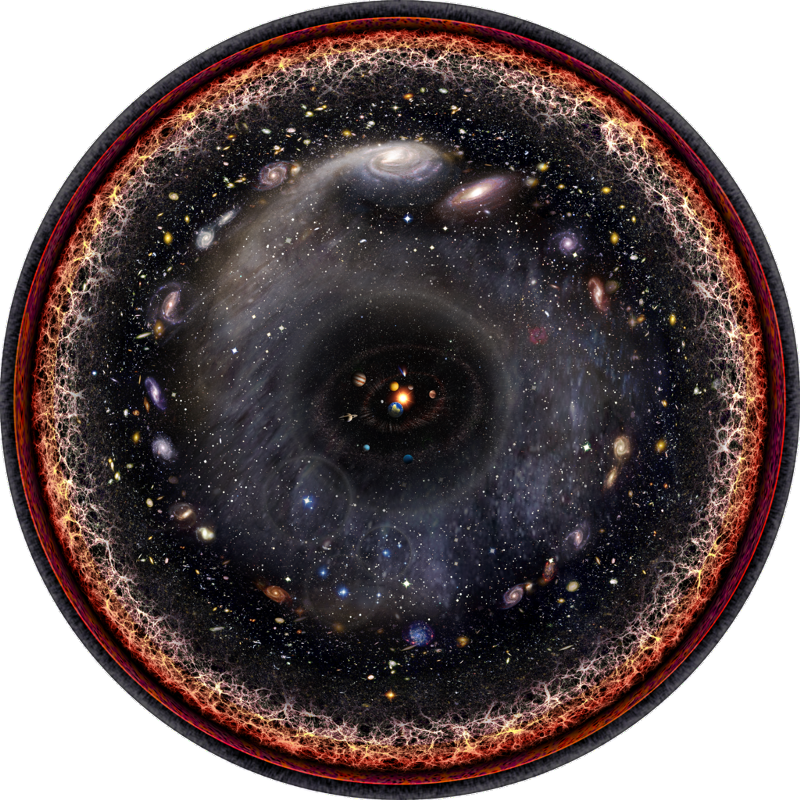
But with all of that said, there are a few puzzles that we haven’t quite figured out. Sure, there are the big ones that everyone loves to talk about:
- How did the matter (and not antimatter) that we’re made of get here in the first place?
- Why do the fundamental constants have the values that they do?
- What is the nature of dark matter and dark energy?
- What were the properties of the inflationary state the Universe began in?
- How did our Universe begin, or did it even have a beginning?
- And most profoundly of all, why does the Universe exist at all, instead of a void where concepts like “space” and “time” don’t even make sense?
These are all fantastic questions — some of the biggest questions in all of science — and while we have inklings, ideas, and in some cases, full-fledged theories concerning them, these are still open questions.
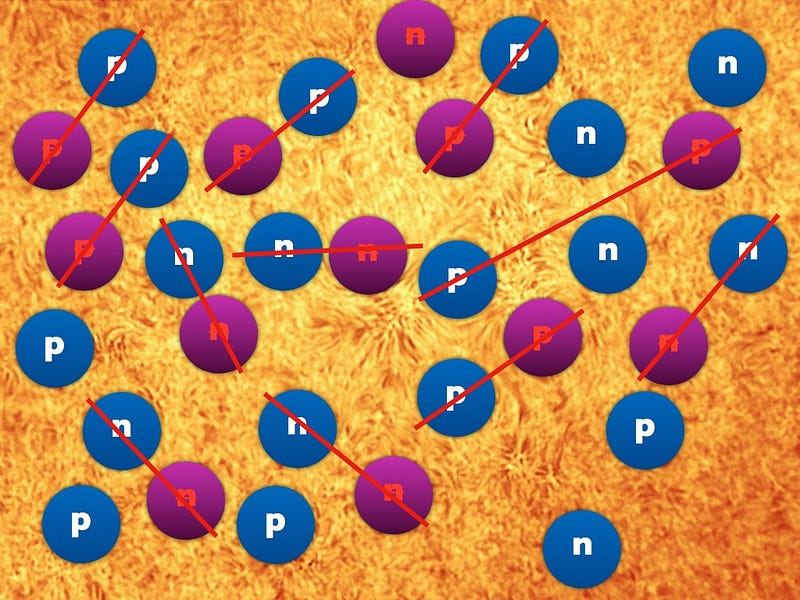
But for the rest of it — if it’s really as well-understood as we’d like — we can simply start with the initial conditions of the Universe, apply the known laws of physics, do our calculations, and arrive at a calculated/simulated Universe that mirrors our own. The precision should be limited only by our ability to perform these calculations, and from any inherent uncertainty in outcomes provided by the very laws of nature themselves.
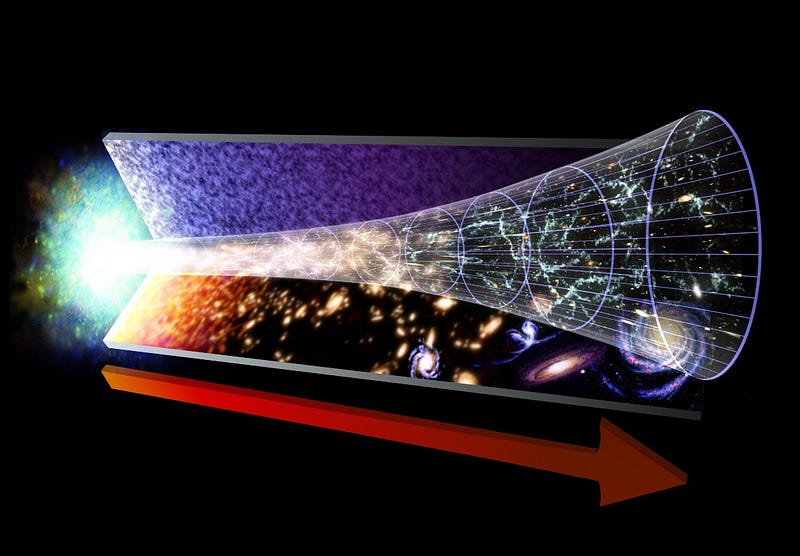
But every once in a while, we run across objects that aren’t easily explained in the context of our grand cosmic picture. Now, these are typically framed like so, with astronomers pretty much always winding up “baffled”:


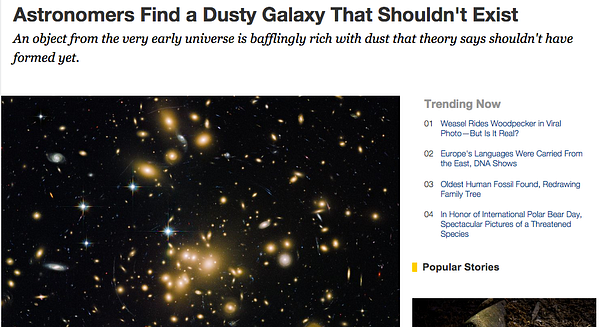
But what do these headlines mean?
Do they mean that these objects shouldn’t exist according to our best theories, and hence the fact that they do exist renders our theories moot?
Do they mean that the Universe isn’t made out of the particles we think they are, that it doesn’t obey the laws we think they do, or that the Universe doesn’t have the properties that all our other observations indicate?
Does the very existence of objects such as these imply — as one of the headlines states — that we need new physics to reconcile what we think must have happened with what we’ve observed?
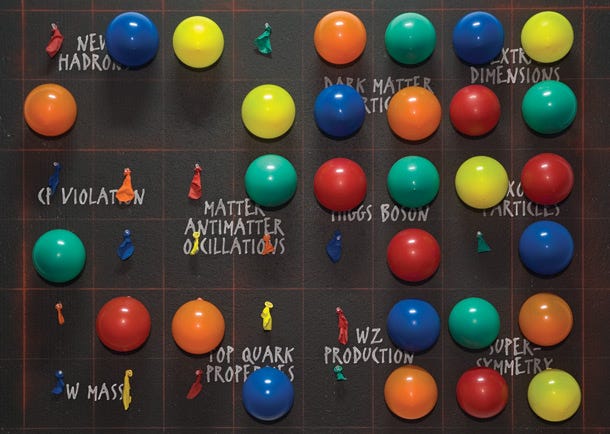
Honestly, the answer is maybe. Many scientists out there are very liberal when it comes to new physics, but I’m extremely conservative. I don’t mean liberal and conservative the same way politicians do, but rather that a liberal scientist is often willing and even eager to propose a spectacular new explanation to account for an unexpected observation, while a conservative scientist is going to demand that we rule out all the conventional explanations that involve only the known laws of physics first.
And in that sense, I’m extremely conservative when it comes to my science.

When the Bullet Cluster (above) was first discovered, it was almost universally hailed as a victory for dark matter, since the separation of the mass (in blue) and the normal, X-ray emitting matter (in pink) is clear, indicating that there were two fundamentally different types of matter at play.
But a team of detractors noted that the velocities of the clusters required to produce a collision of this speed was so great that it was unlikely there should be even one of these such objects in the Universe. Therefore, they claimed, structure formation is wrong, and hence, so is dark matter.
Of course, very few scientists agree with the detractors, noting that the properties of dark matter itself — which are largely mysteries — could easily account for this, and if they did, we’d expect to find many more such objects in the Universe. We have, and here’s one (of many additional ones) below, the Musket Ball Cluster, that shows the same effect.

What these “discoveries” almost always mean is not that there’s new physics or that there’s something wrong with our theories, but that some small aspect of what we know was previously modeled in insufficient detail. That is to say, the details we had learned about these classes of object previously agreed with the best theoretical model we had constructed, but now observations have improved to the point where we are starting to see deviations.
Does that mean new physics? Or does that just mean that there are a number of theoretical possibilities consistent with current physics, and these new observations are going to help us narrow them down?

It’s almost always the latter, and that’s a good thing!
For the three headlines provided, earlier, it’s remarkable to find such a massive black hole at such great distances and early times. But it most likely doesn’t mean the Universe is older than we thought, that the Universe was born with giant black holes or that the laws of gravity need modifying. Rather, it most likely means that in some regions, rapid star formation and major mergers are taking place very early, and these are giving rise to very massive black holes (or the same signals that very massive black holes create) at very early times. This doesn’t mean it’s true for the Universe on average, but rather at a significant, non-zero number of locations at these early times.


For the “mystery world that shouldn’t exist,” Kepler-78b, it’s too close to its parent star for conventional planet formation scenarios. What does that mean? It likely means that this planet wasn’t formed in that exact location when the star was first forming, otherwise it would have been swallowed. It’s true that conventional models tell us that this world is unstable in its present orbit, and that if it had its present orbit early on, it would have been swallowed already. But there’s also a distance at which it wouldn’t have been swallowed.
At its present location, it’s going to take approximately 3 billion years to be devoured by its parent star. Place it somewhere in between the “swallowed already” and “wouldn’t be swallowed” distances, initially, and you’ve got the most likely explanation. Again, this is one of a class of objects to display these properties.
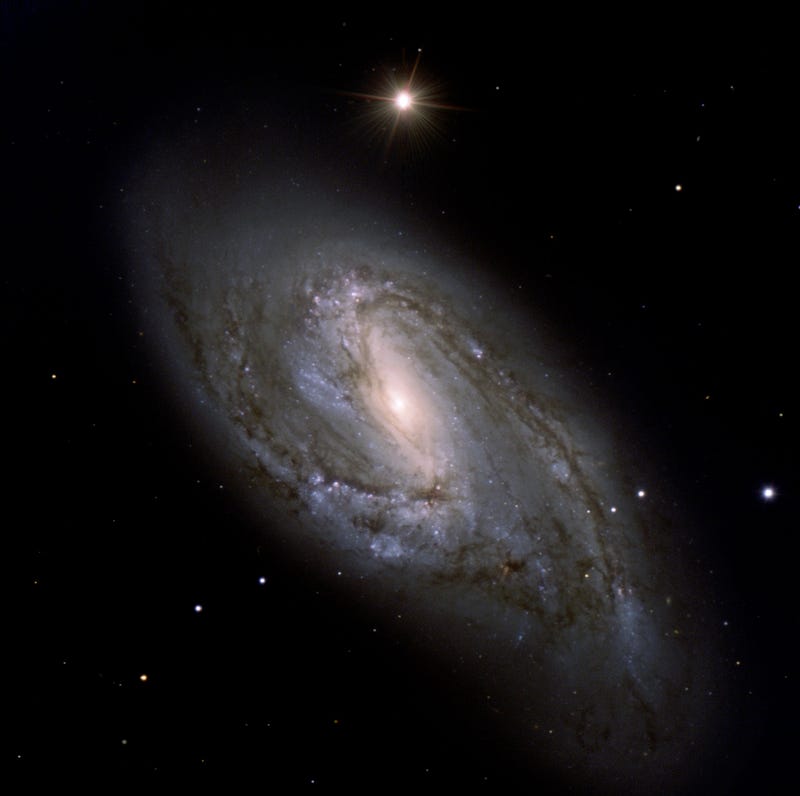
And for the “dusty galaxy that shouldn’t exist?” It very likely follows a similar story to the young galaxy with a supermassive black hole: galactic evolution happened at a more rapid pace early on in this region, something that shouldn’t be surprising given what we know today about how rapidly nonlinear structure formation occurs once instabilities get large enough.
The astronomical objects that “shouldn’t exist” are all, despite how they’re often reported even by the discovering scientists themselves, well within the realm of what’s wholly expected. These are details that don’t conform to our most naive expectations, but that’s a call to theorists and phenomenologists to work out those caveats in greater detail, allowing us to distinguish between a variety of models.
There’s always a chance that there really is new physics at play, and perhaps even an unexpected law, particle or force that we may be serendipitous enough to someday discover. But most likely, this is simply the known laws of nature manifesting themselves in a way we haven’t experienced before, and it’s up to us to work those details out. The next time you read an article about “scientists being baffled,” don’t despair. Go and find yourself a less-easily-baffled scientist, and learn about the context in which the finding is surprising. You may surprise yourself, and come away with an even greater understanding of how science works: by pushing up against the limits of what’s understood, and lifting back that curtain to reveal an even richer level of detail than was ever known before.
Leave your comments at the Starts With A Bang forum on Scienceblogs.





